A New Era for King Crimson
The previous installments of this King Crimson feature covered their early years, and now we move into the later period. Some consider the band's mid-period to include the two albums following the 1981 release Discipline, while others define the post-2013 era as the late period. There are various perspectives on this classification.
I couldn’t quite connect with the three albums following Discipline.
With the addition of American guitarist Adrian Belew and Stick-bassist Tony Levin to the British core of Robert Fripp and Bill Bruford, King Crimson lost its distinctive character and became an entirely different band in my view.
(My personal belief is that when American musicians join a British progressive rock band, it ceases to be "prog.")
Moreover, I suspect that even Robert Fripp himself saw Discipline not as a continuation of Crimson’s music but as something in an entirely different phase.
I believe that dividing King Crimson’s early lineup (from 1969 to their breakup in 1974, with the live album USA released in 1975) into "early" and "late" phases—when it was still British rock created by British musicians—is an effective way to analyze their music.
This approach highlights the shift from the early period, where Robert Fripp worked alongside talented musicians, to the later period, where Fripp himself became the dominant musical force. This division helps make the evolution of King Crimson’s music easier to understand.
During the early period, Fripp was likely still under the influence of remarkable figures like Ian McDonald and Peter Sinfield, as reflected in the first four albums. (The debut album, driven by McDonald and Sinfield, remains a historic masterpiece.)
Later, by breaking ties with these early collaborators, Fripp forged ahead to produce four more albums, maintaining Crimson’s momentum by reshaping its lineup. Constantly changing the members became Fripp’s core method of keeping his band alive and evolving.
This time, I’d like to focus on the masterpieces of late-period King Crimson, led by Robert Fripp after breaking free from the influence of Sinfield and McDonald.
Searching for a New Band Without Pete Sinfield
After releasing their fourth album, Islands, Robert Fripp dismissed Pete Sinfield, who had been the conceptual architect of King Crimson. It seems that Fripp no longer felt Sinfield’s presence was necessary. More than that, he may have found it unbearable to keep creating music that remained on the same trajectory as the first four albums.
Islands managed to weave a decadent, aesthetic world born from a delicate balance among its members. However, it was not an album that could surpass In the Court of the Crimson King. Fripp undoubtedly understood this better than anyone.
His conviction that creating another album as outstanding as the debut was nearly impossible likely led to Sinfield’s dismissal—and ultimately, to the formation of a new King Crimson.
Until the fourth album, Fripp had been searching for highly skilled musicians—not bassists or drummers who were less technical (with the exceptions of Greg Lake and Michael Giles).
This was because he envisioned a band that would shift even further toward improvisation.
■ Recommended Album: King Crimson – Larks' Tongues in Aspic (1973)
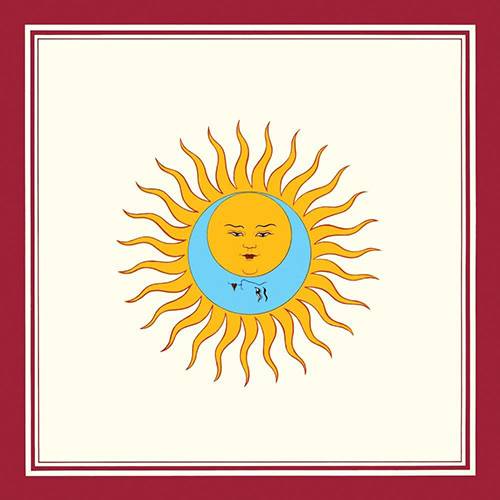
This album holds a crucial place in King Crimson’s five-year run from 1969 to 1974. It marks a clear departure from the band's earlier British elegance, signaling the beginning of a new era for King Crimson.
Robert Fripp completely overhauled the lineup. He brought in bassist and vocalist John Wetton from Family and recruited drummer Bill Bruford from Yes. Additionally, violinist David Cross and percussionist Jamie Muir joined the band. Every new member was a highly skilled musician.
John Wetton took on vocal duties, a role he would maintain until the band’s breakup. His voice carried a certain melancholy, perfectly capturing the essence of the new Crimson sound.
When I first listened to Larks' Tongues in Aspic right after its release, I recognized it as the music of King Crimson, even though it was essentially a different band. The album reflects Robert Fripp’s determination to break free from the influence of Pete Sinfield and the former members.
Unlike Sinfield’s lyrical world, this album is driven by the raw tension created by the musicians themselves. It overflows with the distinctive Crimson energy.
The album’s original title, Larks' Tongues in Aspic, refers to a dish made with lark’s tongues in aspic, though it has no direct connection to the album’s concept. The Japanese title "Taiyō to Senritsu" (Sun and Tremor) was likely chosen by the record company, inspired by the album’s cover art.
Recommended Tracks: "Larks' Tongues in Aspic, Part I & II"
Even in King Crimson’s post-2013 live performances, Larks' Tongues in Aspic, Part I & II remains a defining track of the band’s later period.
Part I is elevated by the contributions of new violinist David Cross. When I first heard it, I was reminded of the opening section of Vivaldi’s Winter. The tension-filled, cutting violin lines intertwined with distorted guitar create a sense of Fripp’s artistic resolve. The sporadic, mechanical unison phrases also hint at elements that would later emerge on Discipline (1981).
Part II, composed by Fripp, opens with his signature guitar cutting. Listening to this track, it becomes clear how the improvised guitar passages on Islands evolved into this piece. Alongside Fripp’s guitar improvisations, the violin improvisations are equally prominent, embodying the exact musical vision Fripp sought to achieve.
This album makes it clear that there was no longer a place for Pete Sinfield’s lyrical world. With Larks' Tongues in Aspic, Fripp decisively severed ties with early King Crimson.
Recommended Track: "Book of Saturday"
A uniquely different piece within King Crimson’s catalog, Book of Saturday stands out with its exquisite simplicity. Fripp’s guitar accompaniment is exceptional, making it a favorite among amateur musicians to cover.
As a composition, it is undeniably beautiful, and John Wetton’s vocals are outstanding. Personally, I wished Crimson had explored more songs in this style. However, after listening to their other albums, I found no other tracks quite like it—there seems to be no parallel within their discography.
Featured Musicians, Album, and Recommended Tracks
- Artists: Robert Fripp, John Wetton, Bill Bruford, David Cross, and others
- Album: Larks' Tongues in Aspic
- Tracks: Larks' Tongues in Aspic, Part I & II , Book of Saturday
The “sound & person” column is made up of contributions from you.
For details about contributing, click here.











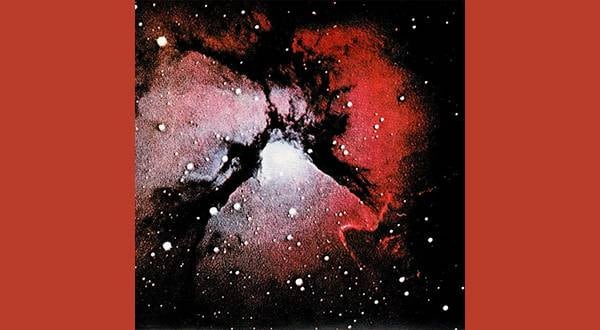
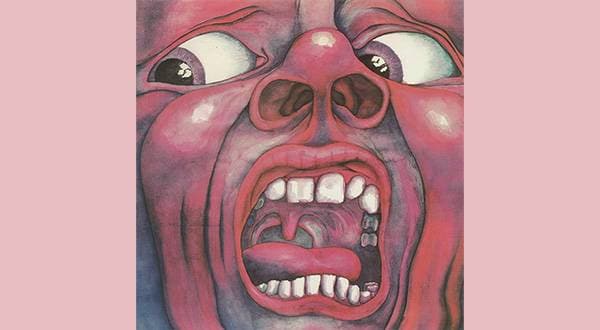
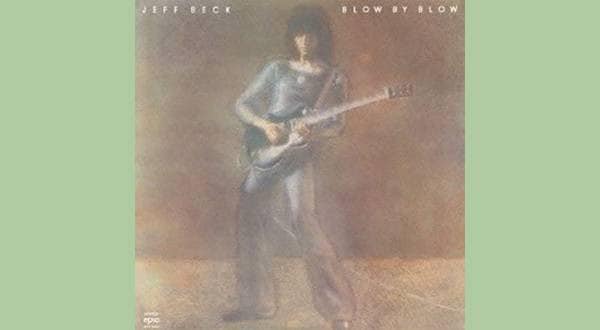
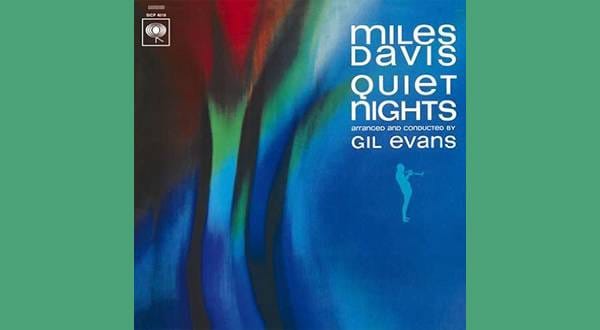
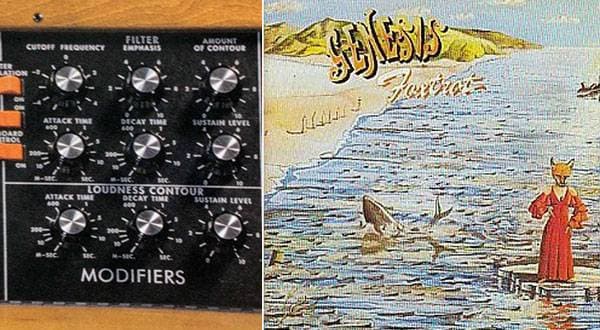

 バイオリンの基本的な取り扱い
バイオリンの基本的な取り扱い
 弦楽器 初心者講座
弦楽器 初心者講座
 ギター 初心者講座
ギター 初心者講座
 ギターの選び方
ギターの選び方
 ギター演奏に必要なものは?
ギター演奏に必要なものは?















